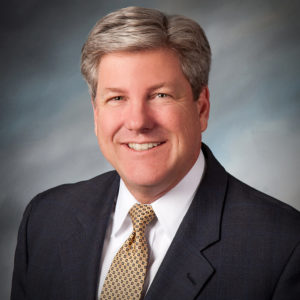By Knut A. Rostad
In honor of Fiduciary September, the Institute for the Fiduciary Standard has published a white paper that discusses the Six Core Fiduciary Duties identified by the Institute as embodying the major elements of fiduciary responsibility under the Advisers Act of 1940.
The Six Core Fiduciary Duties reflect principles that have served society for centuries. In recent times, the legislative history of the Advisers Act set out in the 1930s underscored the need for fiduciary principles as the backbone of “competent, unbiased and continuous advice.” They echo in the SEC’s longstanding practice to urge advisors to avoid conflicts of interest, and a thoughtful speech by the then SEC Director, Office of Compliance and Inspections, Carlo De Florio, in October 2012, who characterized conflicts as “viruses that threaten the organization’s well being.”
The duties are explained, in part, through the principles articulated by the SEC in its off-cited 1948 case, In the Matter of Arlene Hughes. Hughes, a dually registered broker, sells her own securities to her clients, who by all accounts trust her emphatically. Hughes acknowledges her fiduciary status. In her clients’ eyes, Hughes is viewed a true fiduciary. Unfortunately, however, the SEC found in its fact finding that Hughes’ clients failed to understand that Hughes chose to put herself in a conflicted position, and clients also failed to understand what that conflicted position meant to them.
The Duties are evident throughout Hughes, an SEC opinion focused on the challenges created when an advisor puts herself in a conflicted position. Hughes transcends legal nuances to focus on the core challenge of conflicted advice and the need for self-restraint. Hughes’ vigor is its clarity. It applies and expresses basic principles to common circumstances, and states clearly what it means to be a fiduciary.
Take the circumstances around the nature of the advisor-client relationship. The SEC notes in Hughes, “Learning…personal and intimate details of the financial affairs of clients and making recommendations as to purchases and sales of securities—cultivates a confidential and intimate relationship and imposes a duty upon the registrant to act in the best interests of her clients.”
Or what loyalty means. “Since loyalty to his trust is the first duty which a fiduciary owes to his principal, it is the general rule that a fiduciary must not put himself into a position where his own interests may come in conflict with those of his principal.” And why one must avoid “a conflicting position.” To avoid being, “motivated to sell securities which may be most profitable to her and in her own best interests…”
Common sense delivered in plain language pervades Hughes, and helps illuminate four points at the center of today’s discussion of the Advisers Act and a potential “uniform” fiduciary standard:
- the core nature of an advisor/client relationship of trust and confidence
- the incompatibility between loyalty and conflicts of interest
- the regulatory burden placed on a fiduciary advisor who chooses to align with material conflicts of interest
- the advisor’s responsibility to make sure the client understands the conflict.
Hughes does not suggest, interestingly enough, that regulation alone is the issue. Rather, “choice” or the advisor’s freedom to choose, is paramount. The opinion speaks of the advisor’s “free choice” either to avoid or to not avoid conflicts. And if the advisor “chooses to assume a role where she is motivated by conflicting interests,” she then accepts the additional responsibilities implicit in that role. To exercise self-restraint—or to not—is the choice at hand.
The case for fiduciary principles’ indispensable role runs throughout history. The SEC in Hughes brings the importance of this case home. The logic and clarity of the discussion in Hughes effectively describes what it means to be a fiduciary, in practical terms that are meaningful to regulators, the profession and individual fiduciaries alike. It deserves close attention.

